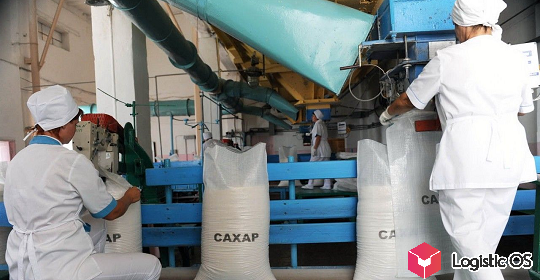Several factors at once are causing wheat prices to rise in recent days.
Currently, the Russian market is expecting a massive influx of new grain, but this is being delayed due to late sowing this spring.
Unfavorable weather conditions are also hindering the harvest, especially in Siberia. Rains are making harvesting difficult, which could lead to both a drop in harvest volumes and a deterioration in its quality, experts warn.
Despite this, domestic wheat prices in the Russian Federation are still falling, which is due to the same anticipation of the harvest.
Over the past week, in the south of the country, prices for grade 4 wheat have fallen by 150 rubles, to 14 thousand rubles per ton.
In deep-water ports, prices for wheat with protein have fallen by 350 rubles per ton and currently amount to about 16 thousand rubles per ton.
At low water, the decrease was 300 rubles per ton, to 14 thousand rubles per ton.
Why are prices rising on the world market?
If we talk about global trends, they can mainly spur the market to growth.
For example, the European Commission has revised its harvest forecast downwards.
Previously, it was assumed that the European Union would harvest about 120 million tons of wheat, but now the forecast has been lowered to 116 million tons, which is a noticeable decrease, as a result, the harvested crop risks being below the average for the past 5 years.
Against this background, a noticeable increase in prices has already begun on the European market.
For example, French wheat has risen in price by 5 dollars per ton, to 229 dollars per ton.
German wheat has risen in price by 13 dollars at once and reached 246 dollars per ton.
American wheat is also becoming more expensive, although not as significantly. Over the past week, its price has increased by $2 per ton, and is currently trading at $215 per ton.
At the same time, problems with harvesting in Russia, if they prove serious, could further spur the growth of world prices, since the Russian Federation is one of the main suppliers in this market.
According to expert estimates, Russia exported about 5.2 million tons of wheat in August.
This is slightly less than in August last year, when export volumes amounted to 5.4 million tons.
The main buyers of Russian grain are such countries as Egypt, Turkey, Saudi Arabia, Iran, and Bangladesh.
In September, according to analysts, wheat exports from Russia will also amount to about 5.2 million tons, although this is also a slight decrease compared to the same period last year.

